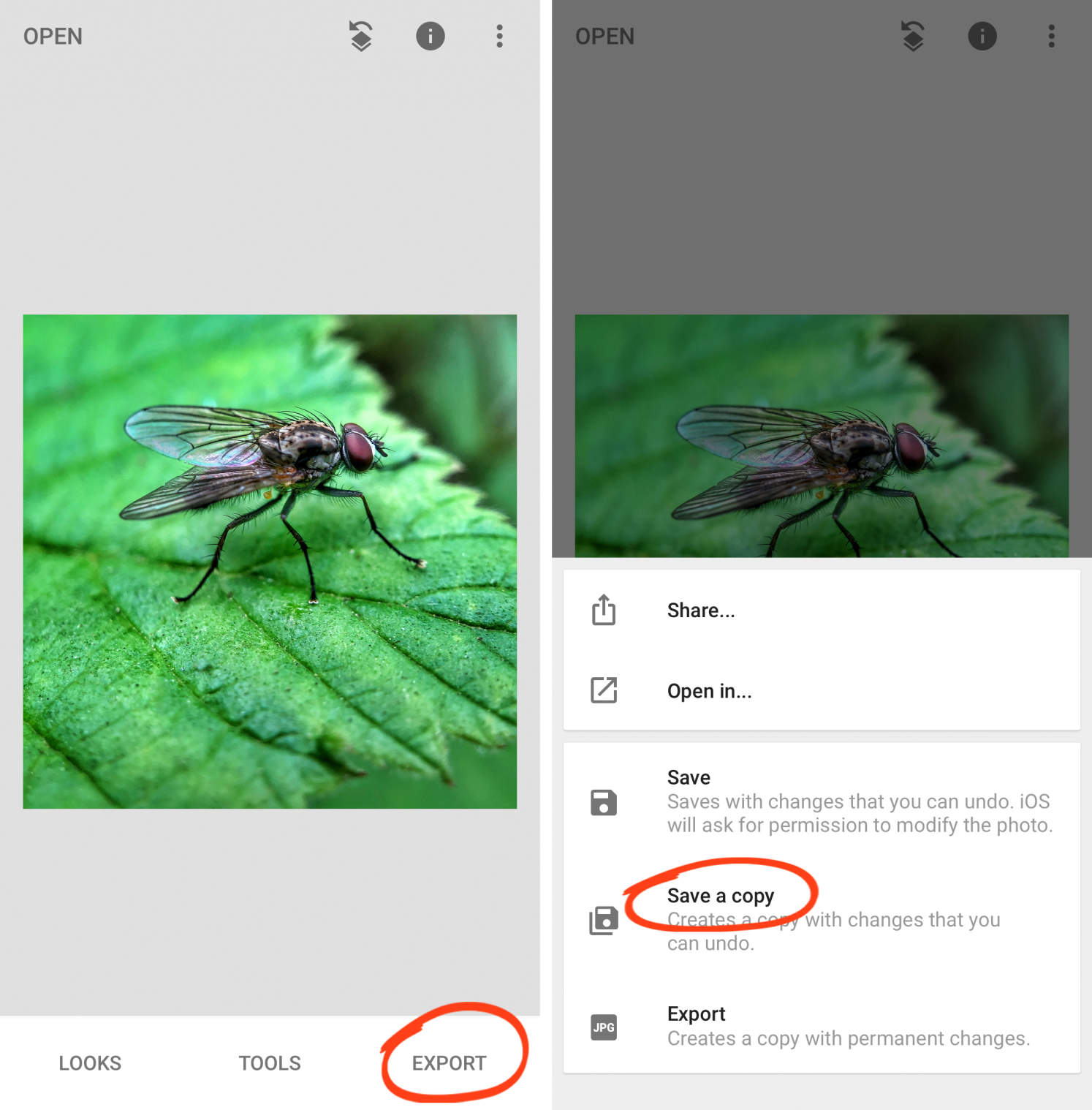

They are inexpensive and usually powered by two or four AA batteries they use LEDs and may be somewhat useful for daytime macro. Macro ring lights produce a low level of light and are used to illuminate a subject in the same way as flash. This allows us to shoot with one hand, freeing the other hand to steady the subject or hold branches out of the way. Check reviews specifically for macro information.Īfter using full-frame cameras for many years, we realized the micro four-thirds (M43) cameras are more suited to our style of insect work because they’re more compact and weigh substantially less than full-frame cameras.

Many “bridge” cameras without interchangeable lenses, but with a macro mode, are also quite capable. In general, almost any digital camera made in the last 10 years that accepts interchangeable lenses is capable of producing suitable images for reproduction when equipped with a good macro lens. This photo of a dipteran feeding on stinkhorn fungus was taken using flash at La Selva Research Station, Costa Rica. If used correctly, it should be virtually impossible to distinguish between a photo taken with flash and one taken with natural light. Using flash is obviously essential at night and in low light. We have purchased used ones with success. Nikon, Canon, Olympus, and other major-brand “prime” lens (meaning they do not zoom) are relatively simple, and there is little that can go wrong with them. The cost can be surprisingly low: is a well regarded company that we’ve used recently. Lens rental companies ship in a returnable box, and you can rent for just a couple of days. These cover the features of the many lenses that are available for different camera formats.īefore investing in an expensive lens, consider renting one. Two of our favorite sites for lens reviews are Digital Photography Review and Thom Hogan’s website, Sans Mirror. For micro four-thirds bodies, many favor the featherweight, reasonably priced, and extremely sharp Zuiko 60 mm macro, which is what we use. These are all excellent (and expensive) lenses capable of producing publication-grade images. “Life size” is also referred to as 1:1.īased on our experience and what we see in other photographer’s bags, the three lenses favored by insect photographers who use full-frame cameras are the Nikkor 105-millimeter (mm) for Nikon mounts and the Canon EF 100 mm and MP-E 65 mm for Canon.

“Macro” simply means that, if the lens is as close to the subject as is possible while keeping the subject in focus (usually a few inches), the image will be projected onto the sensor at life size (or larger). Photography Life offers an excellent explanation on RAW and JPG. But, if you ever want to enhance your insect photos by removing shadows, lowering highlights, or further processing a photo in Lightroom or similar software, you will get much better results with a RAW version of your photo. JPGs give you instant gratification and a good rendering of your photo.
#MACRO PHOTOGRAPHY BUGS PLUS#
We recommend that you capture all images in RAW format, or, at a minimum RAW plus JPG. In this post, we’ll look at some technical considerations and equipment that make it easier to produce quality macro photos of insects. In our last post, we gave some general tips on obtaining better macro shots in the field. Photo by Jeremy Squire.Įditor’s Note: This post is Part 2 of a two-part series.

At about 1.25 inches, or 32 millimeters, long, this Phrictus quinqueparitus, a Fulgorid planthopper, is one of the largest hoppers-and a glorious one at that.


 0 kommentar(er)
0 kommentar(er)
